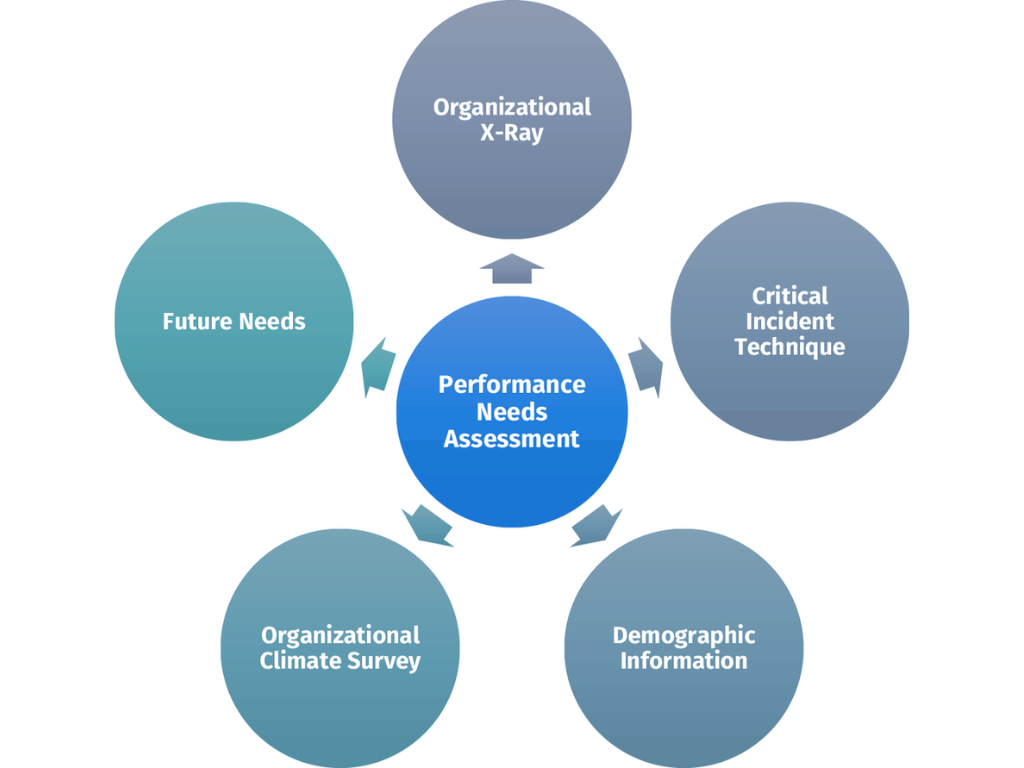In the event of an emergency or a disruption to business, organized teams are likely to implement existing strategies. It may be necessary to seek assistance from the public emergency response system. There may also be a need for other resources, such as contractors.

News media, the general public, employees and their families, and municipal government may overload telephone lines. The Incident Command System (ICS) is a comprehensive, top-down, military-based management system that is superior to all other agencies responding to emergencies.
Using this management tool, you will be able to deal with emergency situations and non-emergency situations of all sizes. In the United States, it is the primary standard for emergency management and is considered to be the best practice. ICS standardizes the titles, responsibilities, and nomenclature of all positions.
In addition, it utilizes titles that are not commonly used in the regular workplace, and it is very explicit about the responsibilities you are expected to fulfill. One of the advantages of this system is its ability to integrate facilities, equipment, staff, procedures, and communications into a uniform organizational structure, as well as its ability to establish a common process for planning and managing resources.
A structure similar to that of an ICS or ICS-like EOC is in place for the incident organization on the scene. The first step is to describe the structure of an EOC that is based on an ICS or one that is similar to an ICS.
Table of Contents
ICS OR ICS-LIKE EOC STRUCTURE
It is common practice for many groups, organizations, and jurisdictions to establish their own emergency operations centers using the conventional organizational structure of ICS. Depending on their needs, they use it either as is or with minor modifications. In both cases, the structure is similar, and it is linked to the incident organization on the scene. Organizations that have received training in ICS or ICS-like structures are familiar with the ICS or ICS-like structure. In many ways, it closely resembles the incident management framework employed on the ground.

EOC
As well as being known as EOCs, emergency operations centers are also known as ECOs. There is no doubt that it plays a critical role in both minor and large-scale incidents across the country. An EOC brings together representatives from a variety of organizations. Thus, information and resources are easier to flow across organizational boundaries. It is important to note that the functions of different EOCs differ greatly. There are some junctions that support a number of organizations, while other junctions may support a single organization at a few junctions. Below is a list of key organizations with which eoc configuration aligns with the on scene incident organization:
- ICS or ICS-like Structure
- Incident Support Model
- Departmental Structure
There are several roles that are performed by all of the EOC structures in different ways.
EOC Functions
The EOC facilitates multiagency coordination by ensuring that response systems are integrated and complementary. Through the organization of available resources, they are able to improve interoperability among the components of the system and make the response more efficient and effective. The EOCs perform a variety of key functions within NIMS Command and Coordination, including:
- An important aspect of information management is the gathering, analyzing, and interpreting of information from a variety of sources, as well as the dissemination of critical information
- As part of resource management, assistance is provided in response to requests and demands for resources
- The purpose of planning is to organize plans and identify current and future needs
In accordance with the authority granted to them by their jurisdiction, EOCs may make judgments in accordance with established policies and procedures.
Depending on the nature of the incident or jurisdiction, EOCs may also:
- In order to allow the Incident Command to concentrate on the incident, manage processes such as emergency housing or points of distribution
- Taking tactical measures when an incident command is not reputable (such as in a snow emergency)
- Organise the efforts of a number of geographically separated activities or incidents
- Coordinate and direct policy development
There may be instances in which a jurisdiction conducts incident or area command operations from its emergency operations center.
Types of Emergencies
In the following list, we have identified those who will require the most aggressive response:
- Fire
- Natural disaster (tornado, wind damage)
- Chemical spill
- Civil unrest or demonstrations
- Explosion (strikes, riots)
Conclusion
There is a great deal of awareness of the importance of which EOCI configuration aligns with the on scene incident organization for national security and integration. As part of the support for on-scene actions, the EOC prioritizes tasks and allocates resources to them.
